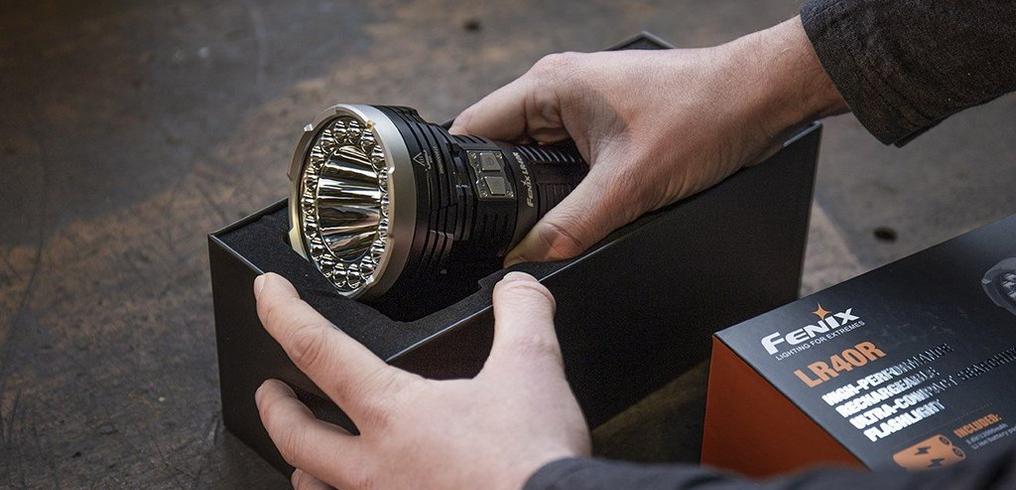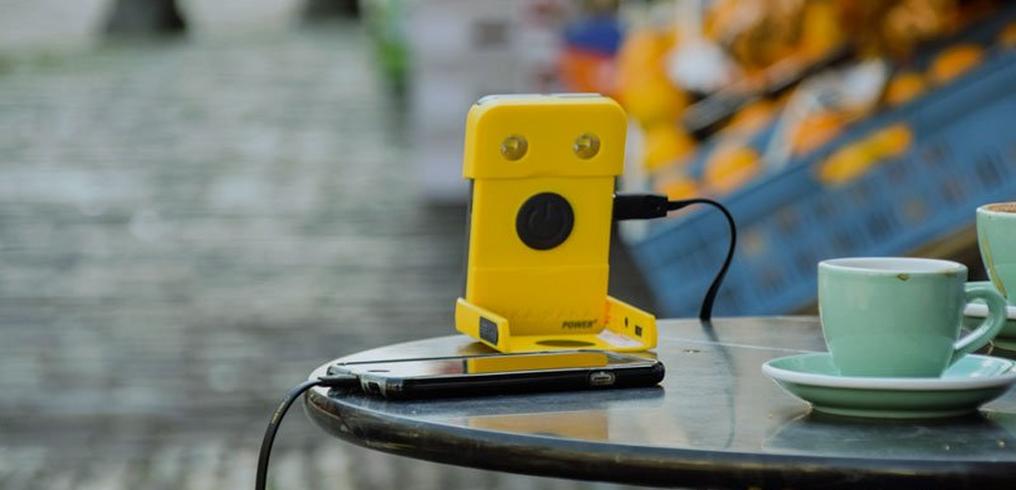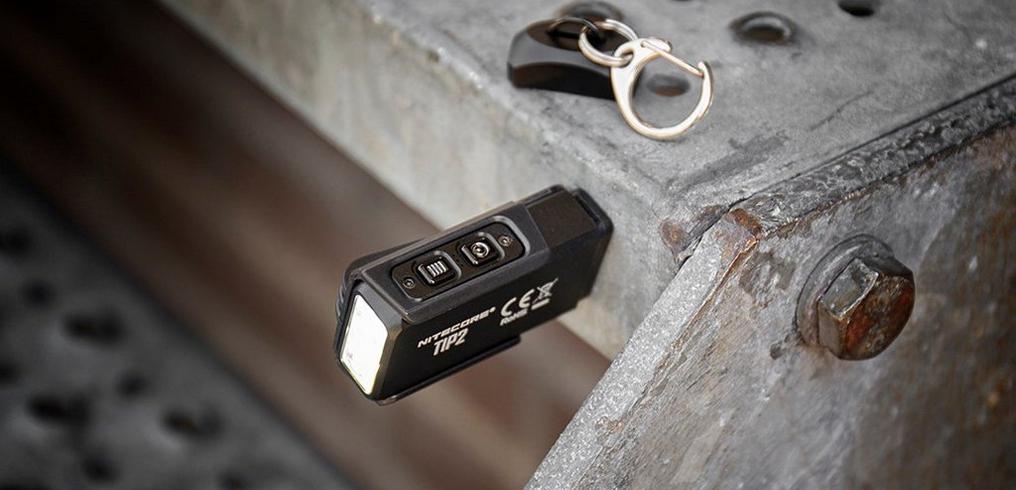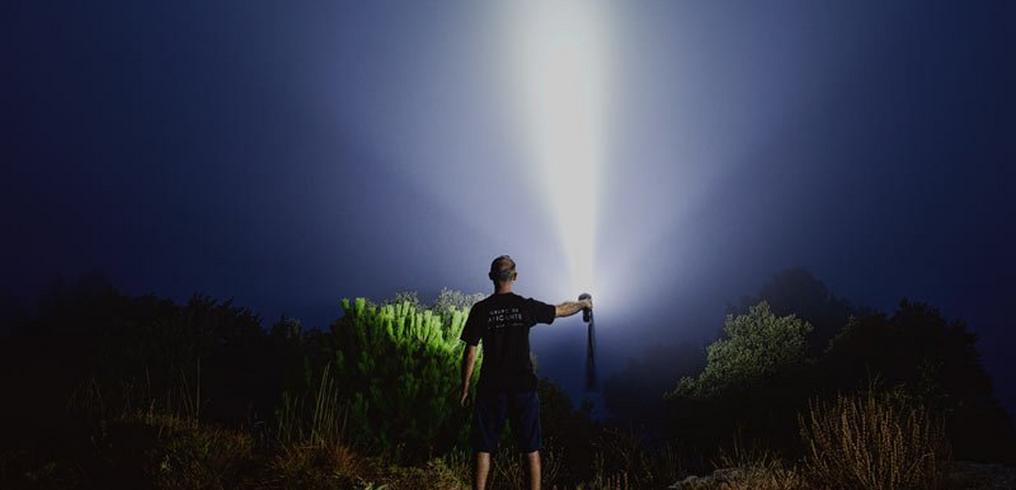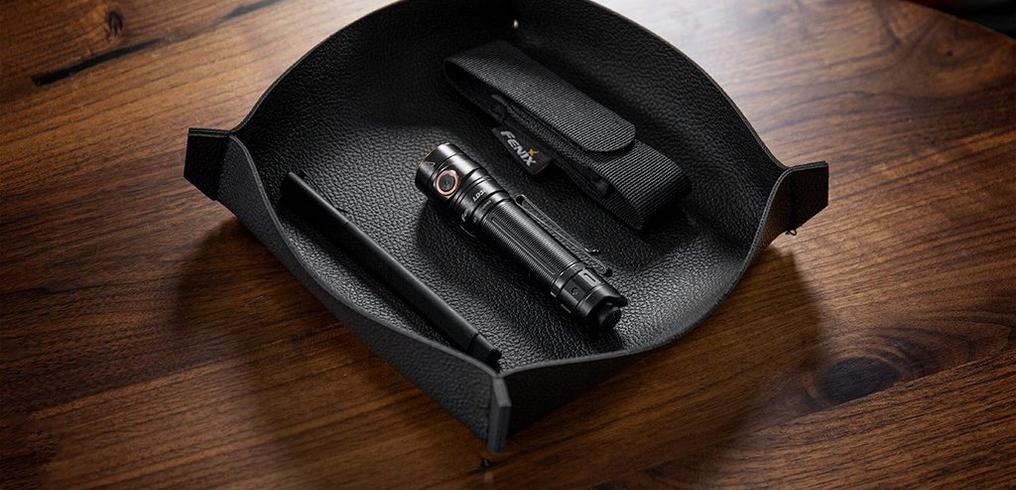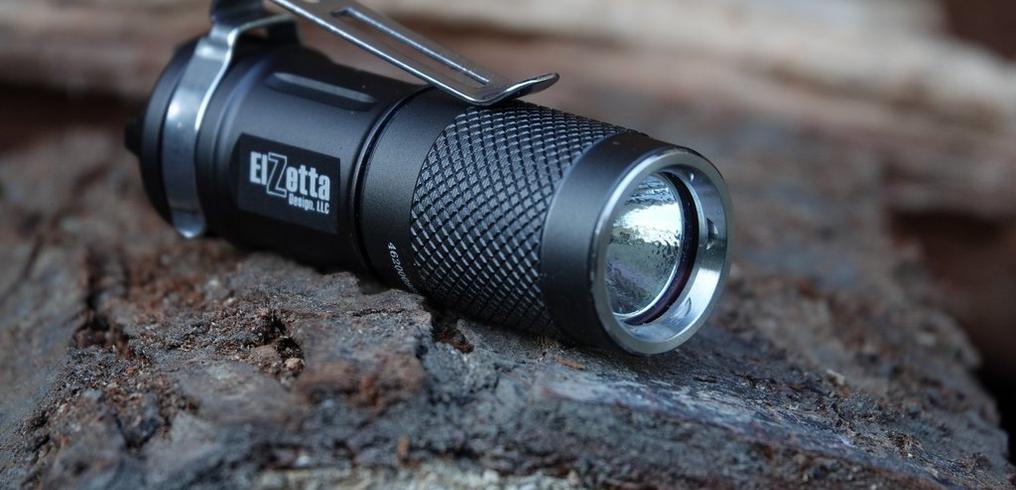Light colours – why have a different colour in a flashlight?
There are different colours of light in flashlights. The different light colours all have their own advantages, allowing you to see better in certain conditions. You can buy a flashlight with blue, green or red light, for example, but there are also different types of white light. Which light colour do you need for which time of the day?
White light
There are different types of white light. For instance, you have warm white light, neutral white light and cold white light. Neutral white light is in the middle of the colour spectrum. It has a Kelvin value of 4000. Warm white light is below that, at about 3000K. Cold white light is around 6000K. Warm white light has a yellowish colour and is often used in living spaces. Neutral white light is whiter than the warm white, but not as cold as the cold white colour. The colour is still slightly yellowish. Cold white light is often compared to daylight. White light is very suitable for weapon lights or powerful flashlights. It is also a good colour to use to illuminate the environment. However, using it does make your own natural night vision worse.
Blue light
Blue light is very mild. This ensures that your natural night vision is not affected. If you want to read a map at night, blue light is highly suitable. More details and colour differences are visible when you use blue light than when you use red light, for example. Blue light also illuminates traces like blood. This makes this light colour very suitable for investigators, hunters and search & rescue teams.
Red light
Red light is very suitable because of the way your eyes work. This is because the cones in the eye are sensitive to red light, and the rods are not. As a result, it has less of an impact on night vision. Red light also provides great contrast. This makes details more visible. Red light is therefore a good option for night-time activities.
Read more about red light in flashlights here.
Green light
Green light is very soft. Animals react less or not at all to green light. This light also does not attract insects. However, it disturbs natural night vision more than red light. Nevertheless, green light provides many advantages in certain circumstances. Hunters and fishermen often use green light.
Yellow light
The advantage of yellow light is that you retain the majority of your natural night vision, but you can still distinguish colours. This is the same benefit as both white light and red light.
Infrared light
Infrared light is not visible to the naked eye and is therefore often used in combination with an infrared viewer. Infrared light is often used as the light on a weapon.
Ultraviolet light
Ultraviolet flashlights are widely used to verify the authenticity of banknotes and certain gemstones. It's also possible to see invisible traces with this light. These lights are also widely used at dance parties, as the light illuminates fluorescent paints and dyes.
CRI – Colour Rendering Index
When it comes to light, it's often a question of the CRI, or colour rendering index. This is an important value, as it indicates the strength of the light. This is shown with 'Ra'. Outdoor light has a CRI of 100 Ra. This is the highest achievable value. Artificial lights usually have a slightly lower Ra, so colours don't quite match how they look in normal daylight. Older lights often still have a CRI of 60 Ra. Nowadays, LED lamps more often have a CRI of 80 or even 90 Ra.
